When we talk about classic vehicles and ancient, it is easy that the first image that comes to your mind is the famous Kombi , the Volkswagen icon that traveled Brazilian and international roads for decades. The Kombi, with its unmistakable shape and great features, captivated generations and generated a legion of fans. However, what many people don't know is that, in the 1950s, the Ford also had its own version of transported vehicles with a similar design and, most interestingly, with a model that rivaled the Kombi in several aspects. We are talking about Ford Taunus Transit .
This vehicle, with a unique history and characteristics, deserves a closer look to understand its relevance in the automotive scene of the time. If you are wondering “Wouldn’t it just be a Kombi?”, you are about to discover that the Ford Taunus Transit has much more to offer than a simple German brother of the Kombi.
Origins of the Ford Taunus Transit
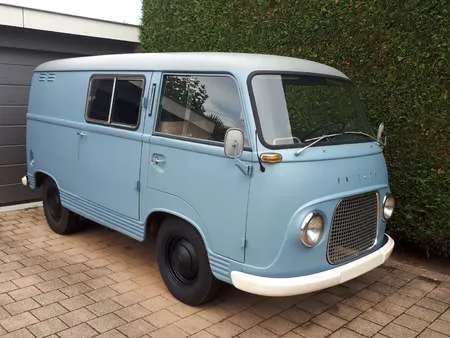
O Ford Taunus Transit began production in 1953, based on the line FK of Ford trucks. This model is part of the brand's strategy to expand its range of heavy vehicles, which already included 2, 3 and 3.5 ton models, all with robust engines and focused on cargo transport efficiently. However, Ford went further and also offered models minority for the public who needed news It is practicality in their travels and in the transportation of goods.
The initial line was named as FK1000 It is FK1250 , with a load capacity of 1 ton and 1.25 tons, respectively. These models were intended for a growing demand for light commercial vehicles, a market that also had as a competitor the Schnellaster F89L , from DKW, and the Killer Time , another vehicle with mechanics inspired by Volkswagen models.
However, in 1961, Ford made a significant change to its lineup, discontinuing the FK and focusing on a new model that would mark the transition to a more diversified type of vehicle for passenger transport and commercial services: the Ford Taunus Transit .
The Design and Features of the Ford Taunus Transit
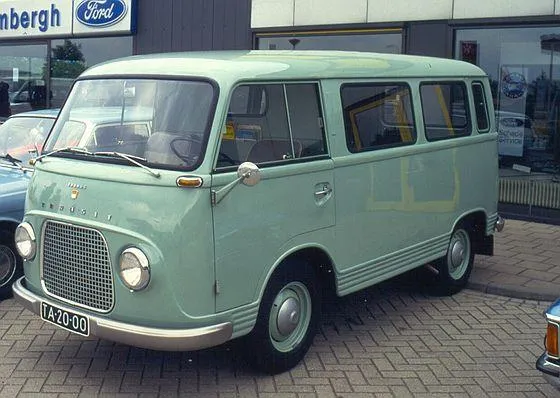
Visually , O Ford Taunus Transit can easily deceive anyone who looks inattentively. Its double cabin It is the bucket in profile they are very reminiscent of Kombi , but the similarity goes beyond that. Starting with the mechanics: the Taunus Transit had the same engine 1.500 cooled to water , the same used in Taunus cars from Ford, which made it very different from Kombi , which used a rear-mounted, water-cooled engine air .
O engine access in the Ford Taunus Transit it was done from inside the cabin, between the two front seats, a configuration that, at the time, was more common in urban buses , but which represented a great advantage in terms of space. This is because, unlike the Kombi, which had the engine in the rear , the Ford Taunus Transit was able to maximize the useful space for cargo or passengers, depending on the version. This type of configuration allowed the versions of van had more capacity, while the versions for a walk could accommodate more benches.
Furthermore, the Ford Taunus Transit also stood out for its versions pick-up , who had a deeper bucket , another advantage generated by the absence of an engine at the rear.
Diverse Versions: A Vehicle for All Tastes
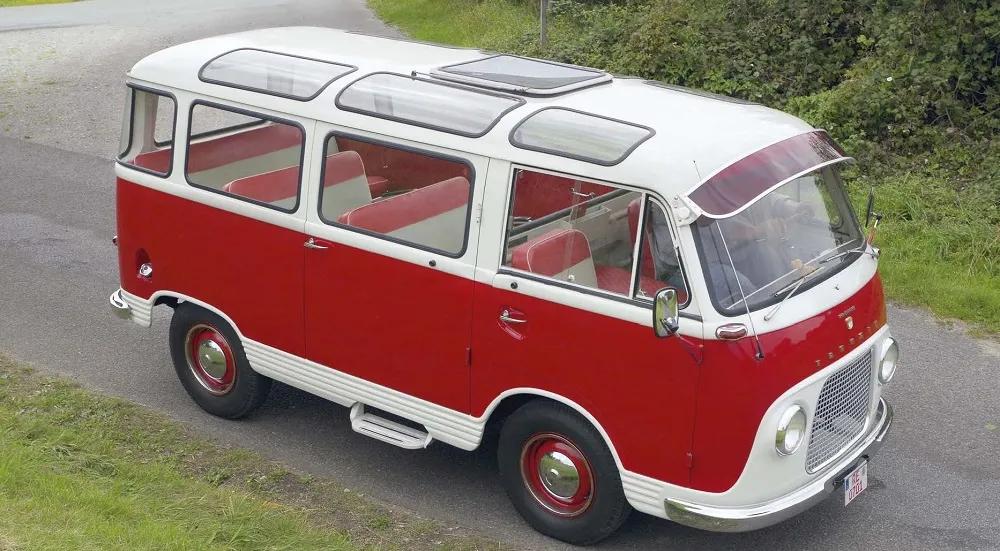
O Ford Taunus Transit was one of the first vehicles to demonstrate what a model could be versatile , offering different configurations to suit a variety of customers . From simpler models, focused on transporting cargo and goods, to more sophisticated versions, aimed at family use or even specialized services .
One of the most interesting versions of the Taunus Transit was the model "Panorama" , which offers a special design with extra windows in the roof, creating a feeling of greater amplitude for passengers. This model also had a sunroof , an innovation at the time that attracted a lot of attention.
Furthermore, the Taunus Transit also had versions for special services, such as ambulances and even fire vehicles , a resource that Volkswagen also applied to the Kombi. This diversity of versions helped to consolidate the Taunus Transit as a vehicle of great utility and flexibility in the European market, especially in France , where the model was a great success.
Ford Taunus Transit in the Brazilian Market: An Almost Unknown Icon
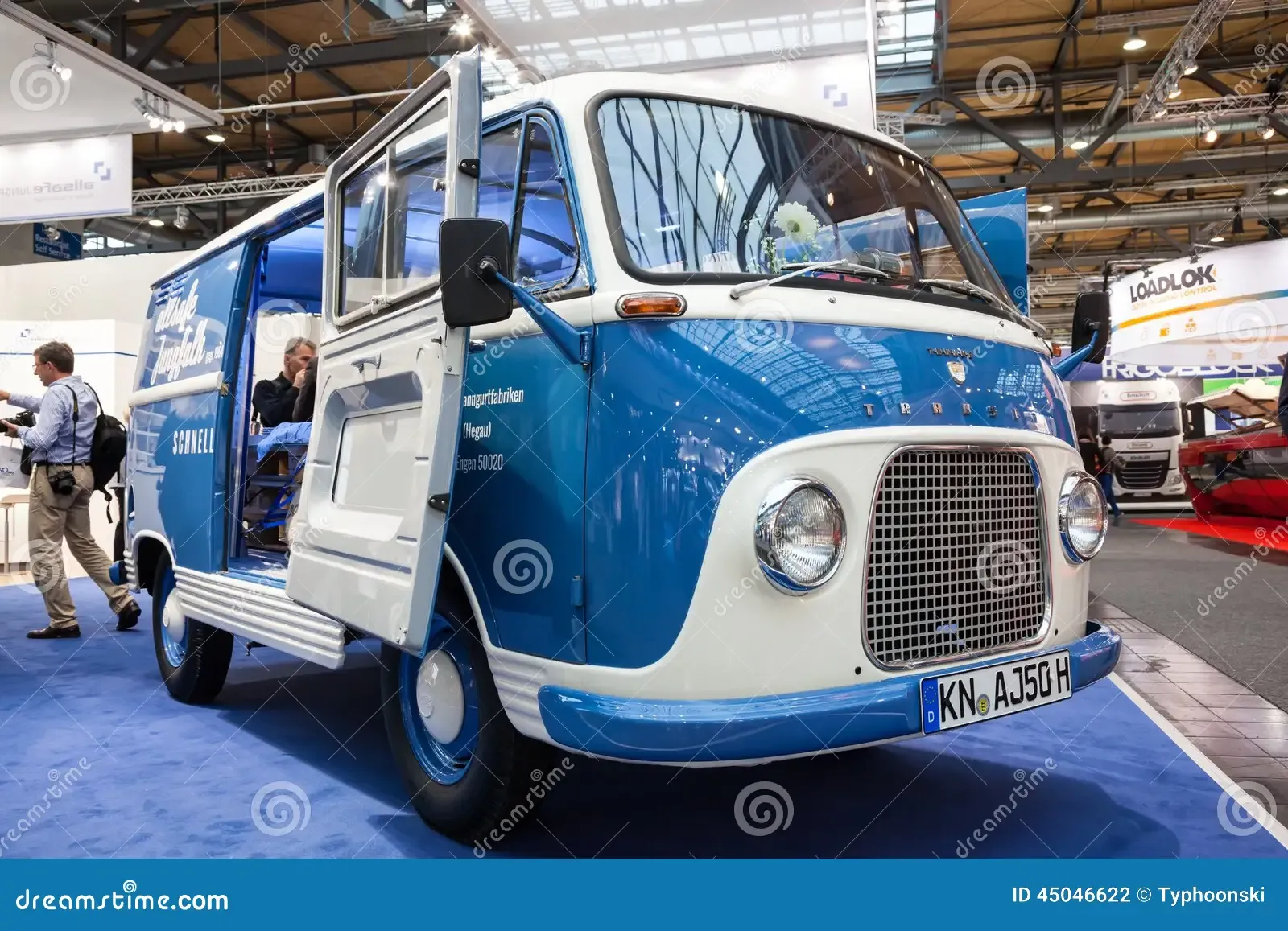
Although the Ford Taunus Transit was a great success in Europe, especially in France, its presence in Brazil was quite limited. While the Kombi Volkswagen quickly won over Brazilians and became a symbol of national mobility, the Taunus Transit appeared as a little known model this way.
However, there are some rare specimens that have survived to this day, especially among the collectors of old vehicles. These vehicles, due to their robust construction and interesting design, are of interest to awaken enthusiasts of vintage motorsport and also those who seek restore classic vehicles, preserving their history and original characteristics.
Comparing to the Kombi: What's the Difference?
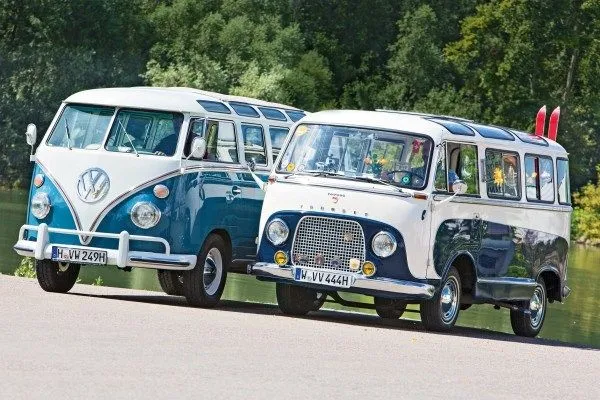
It is natural that when looking at the Ford Taunus Transit , many comparisons are made with the Kombi from Volkswagen. Both have similar forms and performed similar functions at the time. However, the differences are quite evident when you take a closer look at the details of each one.
While the Kombi was designed with the engine air cooled rear , The Taunus Transit had the engine in the front, which provided more space it is better ventilation for the engine. Furthermore, the Taunus Transit stood out for offering versions of pick-up with deeper buckets, unlike the Kombi, which was more limited in this aspect.
Another relevant point was the cabin configuration . The Taunus Transit allowed the access to the engine from inside the cabin , which made maintenance easier and provided more comfort for passengers, while the Kombi had more complicated access to the engine, located at the rear.
Conclusion: The Legacy of the Ford Taunus Transit

O Ford Taunus Transit may not be as well known as the Kombi, but its history and contributions to the automotive market cannot be ignored. This vehicle not only brought innovations in terms of design and functionality, but also introduced the world to the ability of Ford to create versatile models It is adaptable to the needs of different types of consumers.
Today, older models of Ford Taunus Transit they are relics and represent a transitional era for commercial and utility vehicles. They may be hard to find, but when they are found, they still carry the charm of German automobile industry from the 1950s.
So the next time you come across a vehicle that resembles a Kombi, stop for a moment and think: No! It's not a Kombi. It's the Ford Taunus Transit , a model that, alongside the Kombi, helped to transform the way we think about transportation and functionality . And who knows, in the future , you may come across one of these vehicles in a classic car fair , with a kind of seeing it driving through the streets and remembering the golden age of the automotive industry.









